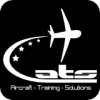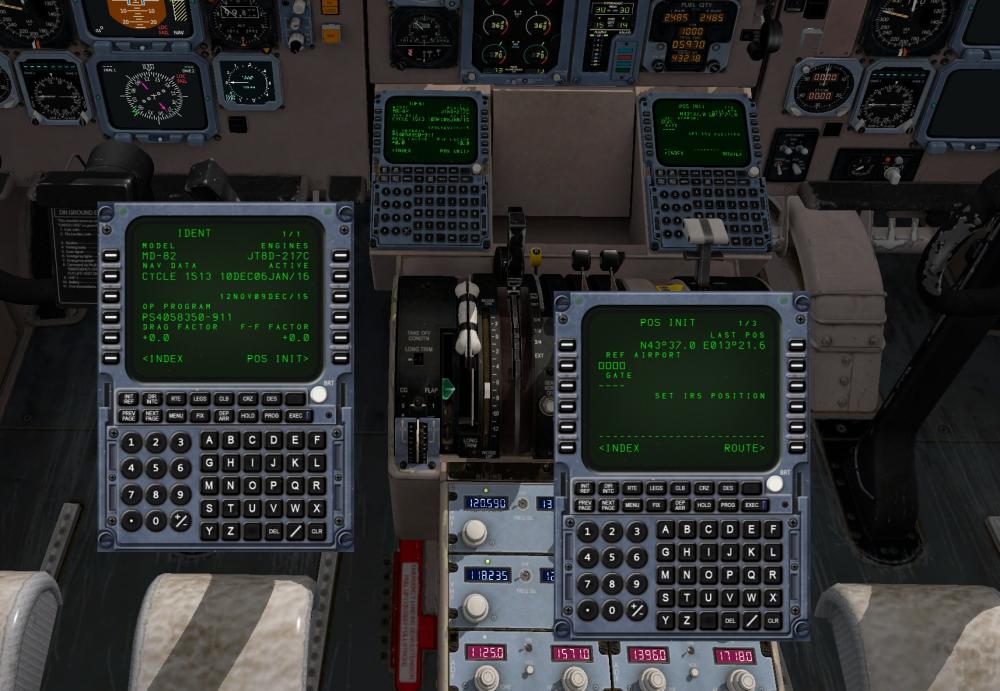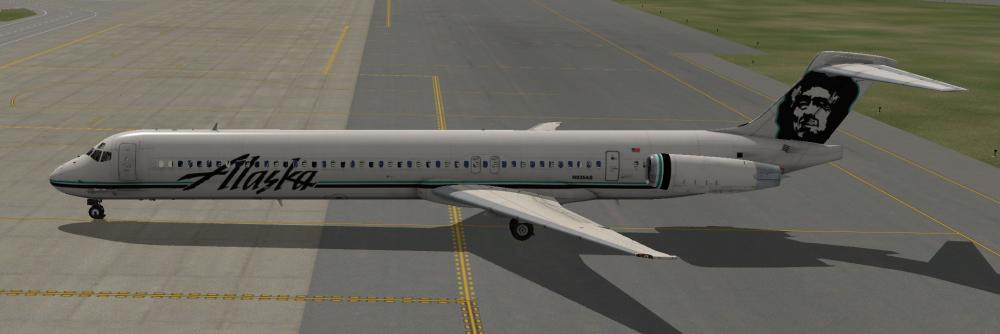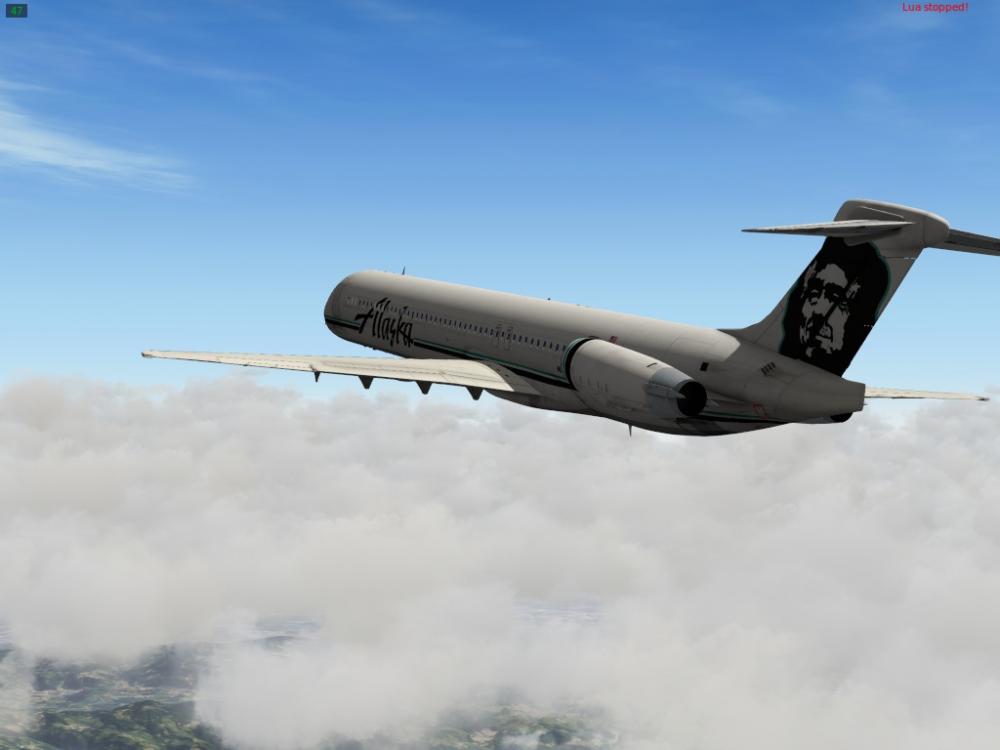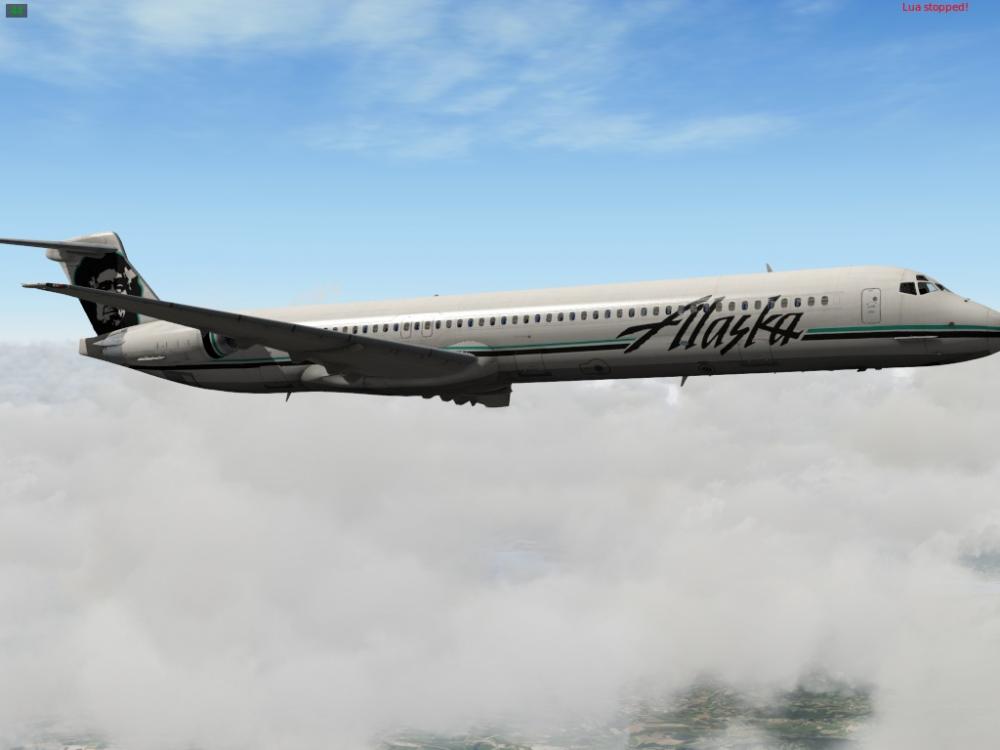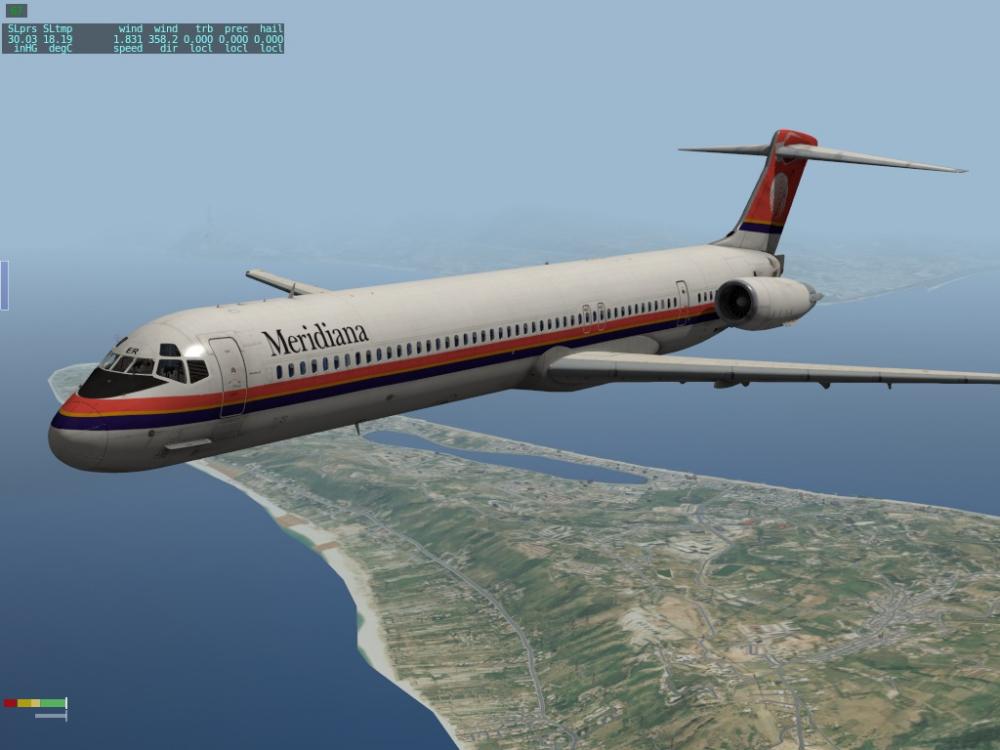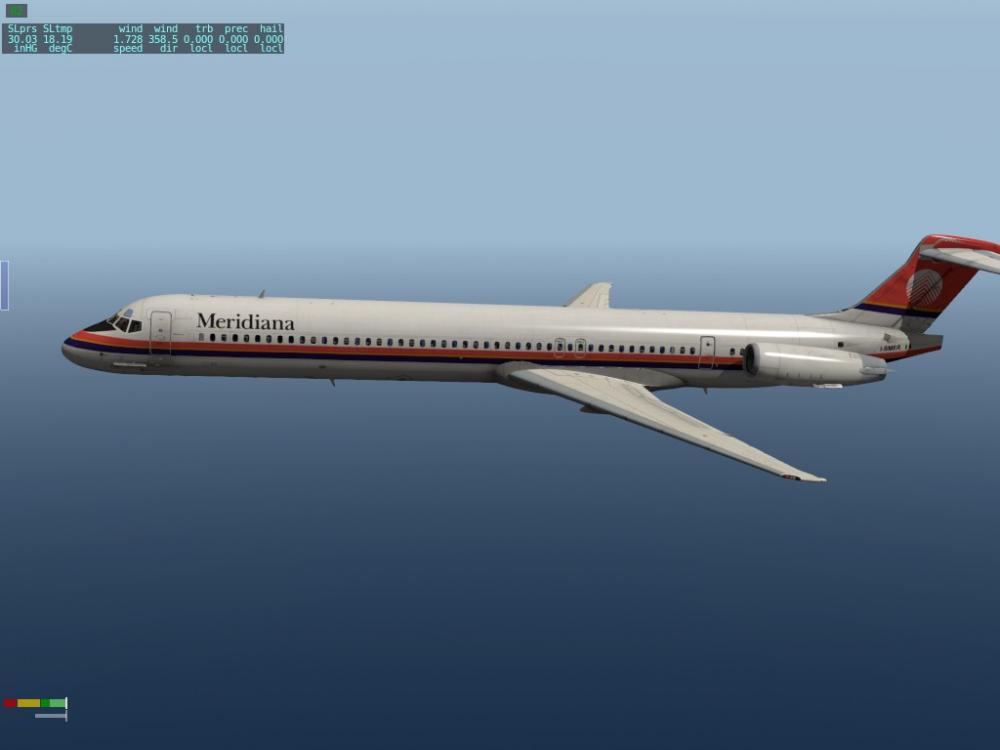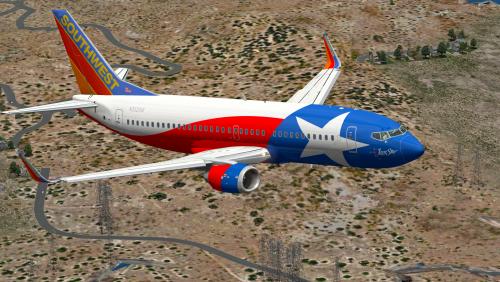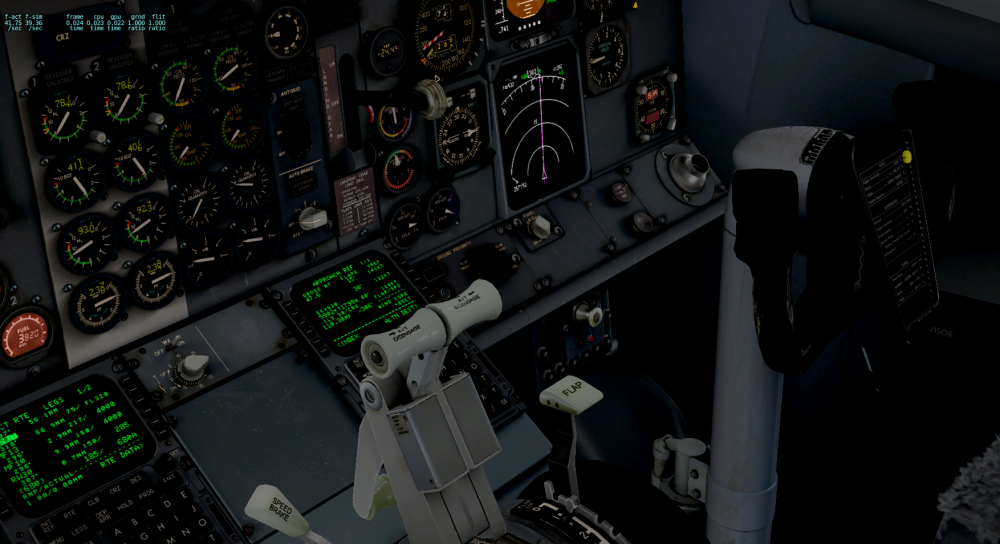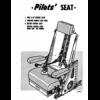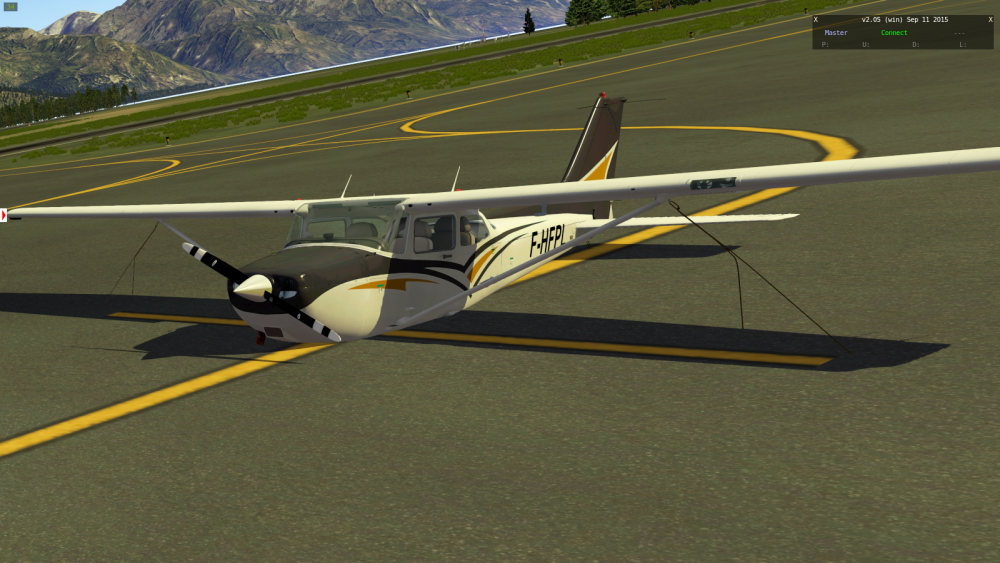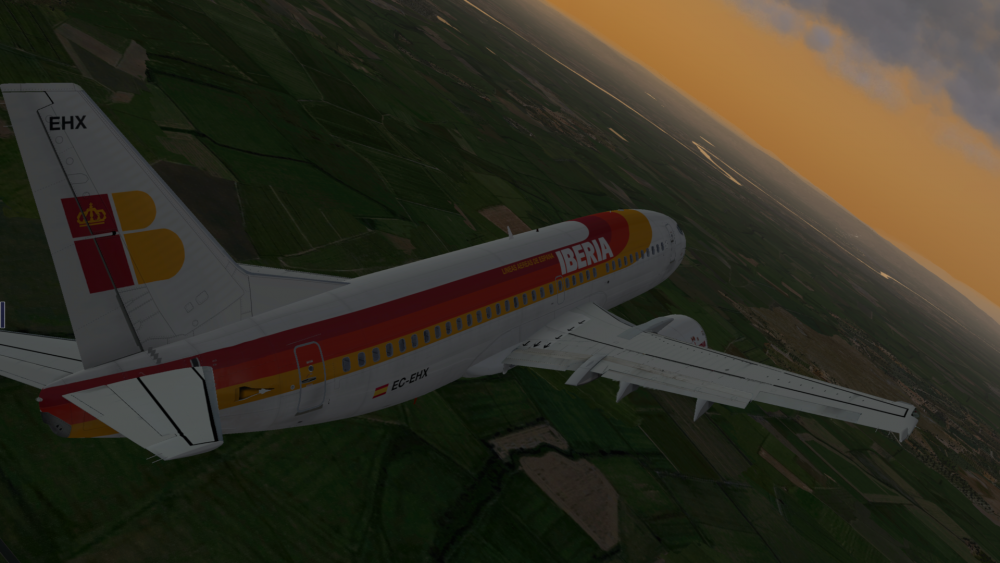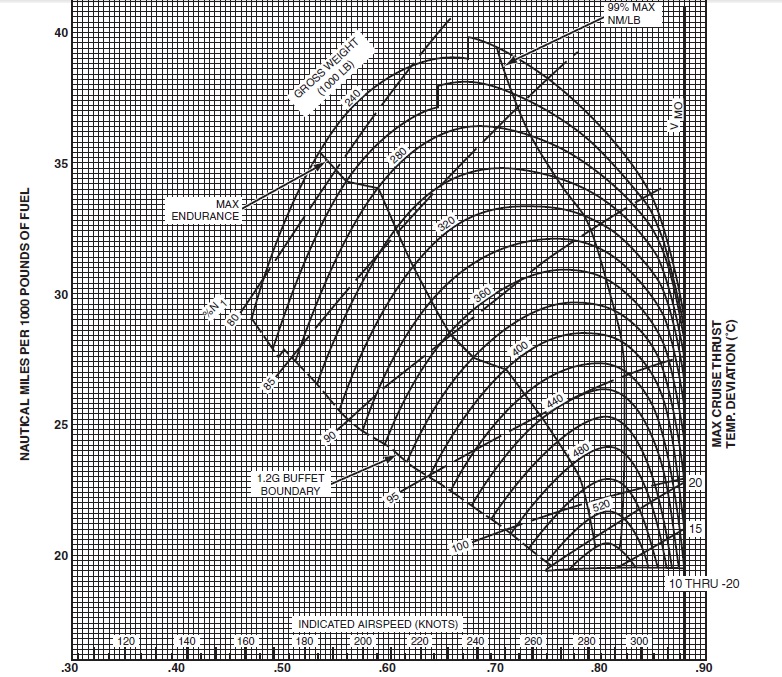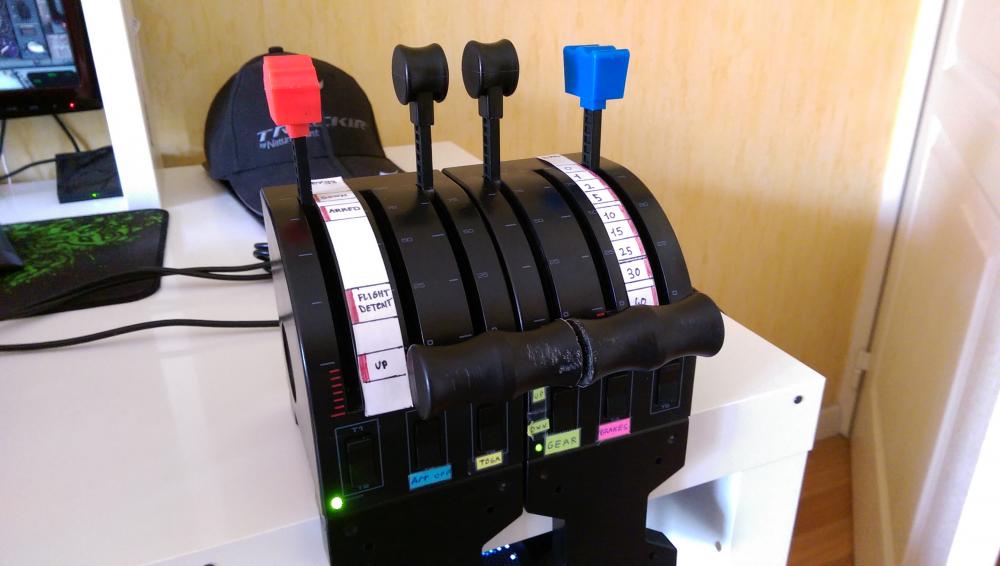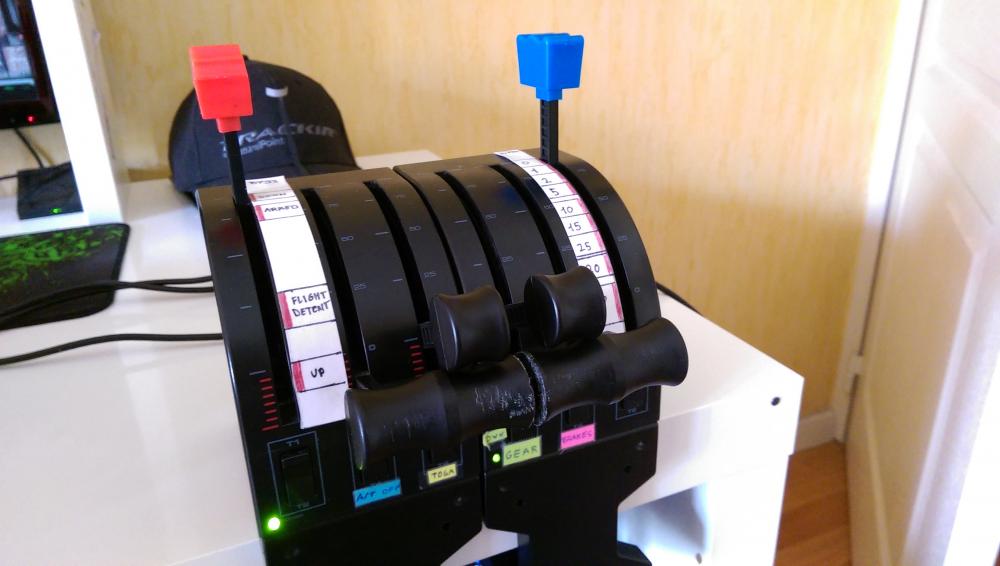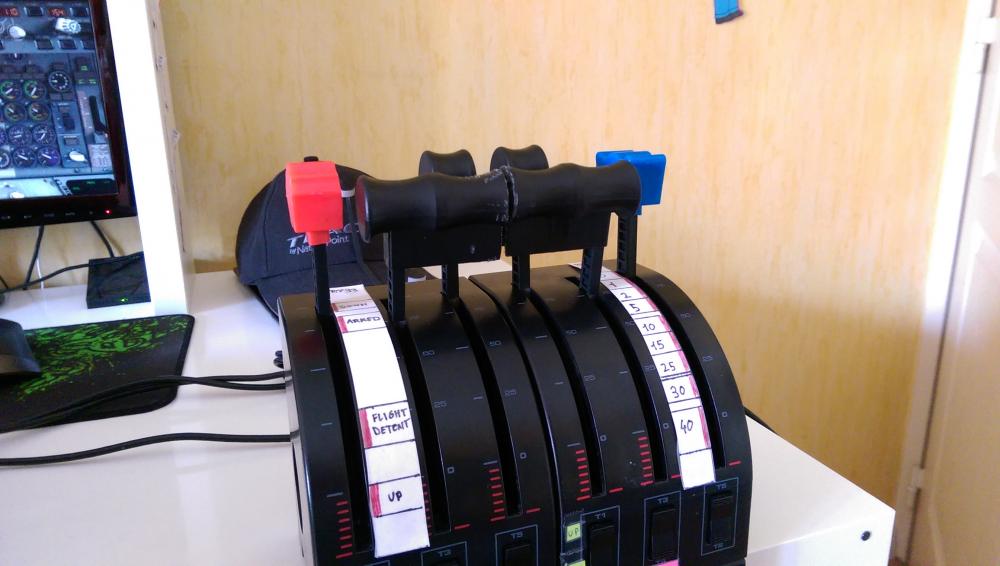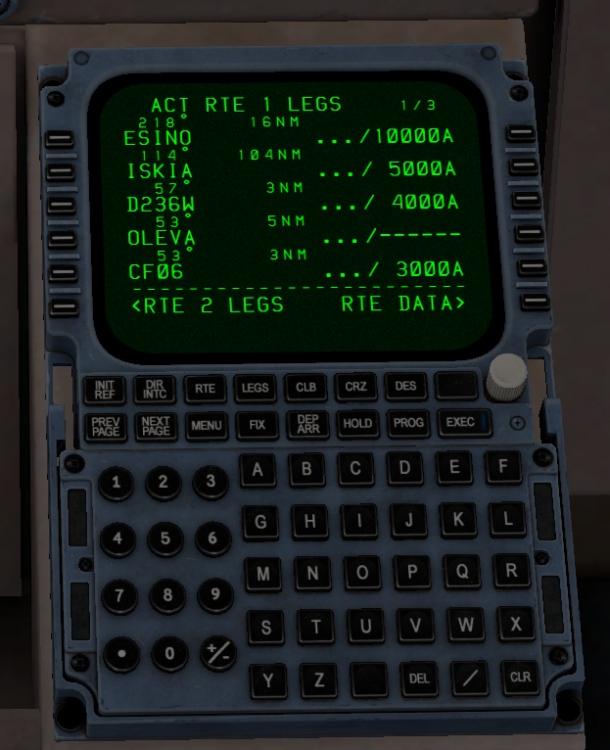Leaderboard
Popular Content
Showing content with the highest reputation on 05/19/2016 in all areas
-
5 points
-
3 points
-
Ok, but if a developer ask you to remove (remove, not disable) all installed plugins is because he/she need to determine, without any possible doubt, if the problem you're experiencing is related to the plane itself or to any kind of incompatibility with any of your installed plugins, without this test is pretty hard to help you.2 points
-
2 points
-
In the next hofix, we will be implementing the ability to save company routes; HOWEVER, this will not include the saving of procedures...only the departure and arrival airports and at least one enroute waypoint. This is accurate to the real thing and why we chose to go this way. We will save the coroutes in the same formate we read, that is: *.fpl format. whenever the minimal information is entered to save a route, the RTE page 1 will displaye a '<SAVE ROUTE' option. Routes with a disco in them will not be saved though. -tkyler2 points
-
2 points
-
I can't fly anything else anymore, I've got all the other best/better planes in my hanger Jar320/330, flight factor 757/777 etc etc, I've got the bloody lot and none of them compare whatsoever, in 20 years of flight simulation I have never know anything like this aircraft what ixeg have come up with. Just think.....all them guys over at fsx and prep3d don't know what they are missing do they, and yes I have all them too planes too pmdg etc etc...god I've spent a lot of money and none of them come close to this baby. Thank you IXEG SOOOOOOOO VERY MUCH!!! Regards Paul EGCC1 point
-
Version 1.0.0
606 downloads
This is N352SW, c/n 24888, a 737-3H4 which first flew Oct 17, 1990 and was delivered to SWA Nov 6, 1990. Southwest introduced its second special livery, Lone Star One, in celebration of the airline’s 20th anniversary. This 737-3H4 was painted with the Texas state flag as a tribute to the airline’s home state and the ten Texas cities it serves. Ship 352 wore the carrier's original "Desert Gold" tail until July 2003, when it was repainted with a tail representative of the "Canyon Blue" colors. Lone Star One was retrofitted with winglets in mid-2010, and was retired from service on May 17, 2016. The livery is slated to be repainted onto a 737-700 later this year. To install, unzip into the "Liveries" folder.1 point -
Does anyone know about these? Cant seem to find much on the web but for $680 it doesnt seem like a bad deal for what you get!! Anyone know if these work with x-plane? http://www.throttletek.com/g-737v2.html1 point
-
That is correct - no ground-power could supply enough amps to power the starter of the APU - thats why the APU draws power from the battery during start - and you will see all lights connected to the BAT BUS (not the other ones) dim... after the starter cuts out you can see the positive charge going back into the battery on the AMP meter... Jan1 point
-
How to disable the CSL of you partner (both pilots connected). Open X-Ivap.conf with your favorite text editor. [SOUND] VOICE=1 [PREFERENCES] TAGGING=0 COUPLING=0 WEATHER=0 FIXEDWINDLAYER=1 MAXVISIBILITY=80000 TURBULANCE=15 [PLANE] RESOLUTION=8 [ACCOUNT] FOLLOWME=0 REMEMBER=1 HIDEADM=0 PORT=6809 SERVER=eu2.ivan.ivao.aero BASE=LFHO REALNAME=Claude ROULLIER PASSWORD=XXXXXX VID=XXXXXX CALLSIGN=VPI007 [CSL] PILOT1=VPI07 Add the last 2 lines. Type here the call sign of the other pilot, and vice versa. PS: For the controlers, only one pilot must set the transponder to ON (The knob is not synchronized in my file). Claude.1 point
-
hmm, ok. We'll try that then, thanks. this beats fiddling with TS2 on approach.1 point
-
No we don't, occasionally you can see the label of the other plane but only sometimes, it doesn't bother..1 point
-
1 point
-
1 point
-
1 point
-
It would still be nice if they could leave the default X-Plane sliders untouched; many addons with their own sliders for sound manage to have said slider fully independent from X-Plane's own slider. Or maybe, have Gizmo save the slider configuration when loading and restore it when the plane is being unloaded or when quitting X-Plane…1 point
-
Watch your Speeds.. With 284, you will never be able for this turn...1 point
-
ANZ_Black.zip View File Air New Zealand B733 for IXEG, fictitious All Blacks tribute on black livery. Enjoy! Submitter nellhama Submitted 05/18/2016 Category IXEG 737 Classic Livery For Click Here For Aircraft X-Plane Version(s)1 point
-
You'd be amazed at the stuff you see at some flight schools. Alright, you'll never manage to retract the gear, but flattening tires is certainly a common sight. The worst offenders are students with ratcheting tie downs, which generally are a godsend after using ropes or pull tight straps - but not when students are less than attentive to what they are doing...1 point
-
1 point
-
1 point
-
@dbpetrol I am glad you like the handles! I told you they were great. I love the way you mounted those to the chair. I have some L clamps at home and an extra saitek mount..I am going to have to give that a shot!!!1 point
-
I realize that comes with the "PMDG" label - but you must also not forget that we are selling only a fraction of the units that PMDG is selling. So in fairness (assuming the same work done by us), we would probably have to ask a lot more than 75$ to even come close to the amount of profit that PMDG is making when selling for Prepared and FSX. Jan1 point
-
1 point
-
1 point
-
Now you are talking my language lol. This takes me back to the old days of flying when you really had to know the performance of the aircraft and use your performance manual to squeeze every ounce of efficiency out of the aircraft. When I first started flying, my first jet was the heavy C-141B. The performance manual was thick and had a slew of pages of spec range charts. The flight engineer would work the charts and pass you climb and cruise data. You would climb 2000ft above optimum and stay there until 2000ft below optimum and step climb to stay in the sweet spot. Some times climbing wasn't always the answer. There were times when I have climbed, and decided to go back down due to winds and positive temperature deviations. At times you would work the HF radios and airline common freqs to get an idea of what the winds were at various altitudes. I've been in some fuel situations where the weather brief and wind charts were way off, and you had to make quick decisions. You had to consider climb capability, fuel burned during climbs, winds and maybe slowing to fly the top of the curve(100% max range in the spec range charts). We did fuel calculations once per hour and compared the numbers against the flightplan to see your fuel trend. If negative trends are caught early, you can change things and make a difference. In the KC10, you did the same thing. We had extra benefits with extra fuel tanks. The FWD, CNTR and AFT tanks made it possible to adjust CG inflight. Once at cruise, you move the CG to the aft limit of 29%. The tail heavy CG made the horizontal stab streamline, reducing drag. We called this making fuel because the projected landing fuel on the flightplan would increase by 5,000 pounds or more. In rare cases in certain parts of the world, we would file for a block altitude, set cruise power at optimum and cruise climb. Now days its all computerized and dispatch. In the Gulfstreams, I have a FMS what if page in the perf pages. I can set cruise speed or altitudes and it will display actual perf against what if perf for fuel cost. The plane uses a mixture of downlink winds/temp and actual winds/temp for the calculation. Most airline guys have flight following dispatch that monitors weather and performance, and will refile updating more efficient routes. As you stated earlier, winglets also depend on the operation. Winglets and a aux fuel system was added to the C-32s(757). Unfortunately, the small fleet and marginal gains led to the winglets not being cost effective. For some nostalgia for all, I attached a DC10 spec range chart example. We used to work these charts to death lol. Amazingly, .825 was our standard long range cruise speed.1 point
-
You will also see a reversal of the "winglet" effect at higher speeds. The most benefit is during slower speeds with a higher angle of attack. The induced drag is higher, and the winglets are more effective in reducing it. At higher airspeeds the parasitic and form drag prevails, and the extra frontal and surface area of the winglets shows. From a pilots perspective I find the effect most noticeable during slow-speed descents. Especially when you are a tad high anyway, and ATC asks you to reduce speed "minimum clean" to stay behind some slow-poke that is getting paid by the hour . The extra "2 percent" efficiency gain during typical cruise speeds is something that only "really really great" pilots can "feel". I can´t. Jan1 point
-
I just checked on our model: 2000 feet of altitude, 48tons (105.600lbs) 280-250 takes 27s and 2.0NM. 250-210 takes 42s and 2.7NM. I checked one of my movies from the real aircraft - and it takes 33s to go from 240 to 210. Thats roughly 11s per 10kts (less at higher speeds, more at slower speeds) - so another 10kts for the 250-240 and we are coming out at 43s (vs. the 44 I have in our model). I am pretty happy with that! Jan1 point
-
Some airlines (e.g. Qantas) only operated the -400s, so it' normal for people to want the -400 in order to simulate operations of their favorite airline. Also the -400s are very popular as converted freighters, and this is how many of the surviving 737 classics will serve out the rest of their useful lives. I'm quite happy to pay more for the -400/500/Cargo variants, with the -300 as the base package. PMDG split the NGX into 2 packages.1 point
-
http://forums.x-plane.org/index.php?/files/file/31568-gol-ixeg-b737-300/ You're welcome1 point
-
@ OP When performing a RNAV approach, set a speed constraint at FAF : Vref+5kts+1-3kts depending on the wind. You really want to do a stabilized app. So be sure to be at Vapp 1Nm before FAF (gear down and Flaps30/40). then check your approach chart, it should give you the V/S depedning on speed, at 0.2 NM, set the V/S accordingly to the value given by the chart. then check the VDEV indication on the EHSI and change the V/S accordingly but don't try to be pintpoint accurate on the middle and check the PAPI/VASI lights also. when AP/AT has correctly trimmed the aircraft and trhat the N1 is stable, disengage AP/AT and fly manually1 point
-
Well, if you say so... Coincidentially this is an airwork that all fledgling airliner students have to go through - there is even a line in the scripts where they need to jot down the distance and time required to slow down. Because it is worlds apart from a propeller airplane or jet-fighter. Jan1 point
-
So after some experimenting I think I found the perfect setup for those of you who have two throttle levers, see below : The knobs are all saitek (they came with the second lever). I just cut in half the big knob myself, as you can tell from the excellent craftsmanship. In order to get the flap lever to work, I use, as discussed above, this excellent script. The spoiler lever works "out of the box" (first time I see that in xplane). The big knobs are for engine 1 and 2, and the small ones for the reversers. In order to still get full power when pushed all the way forward (or all the way back for the reversers), I just recalibrated the axis in X-Plane. Works very very nicely. Jonathan1 point
-
1 point


